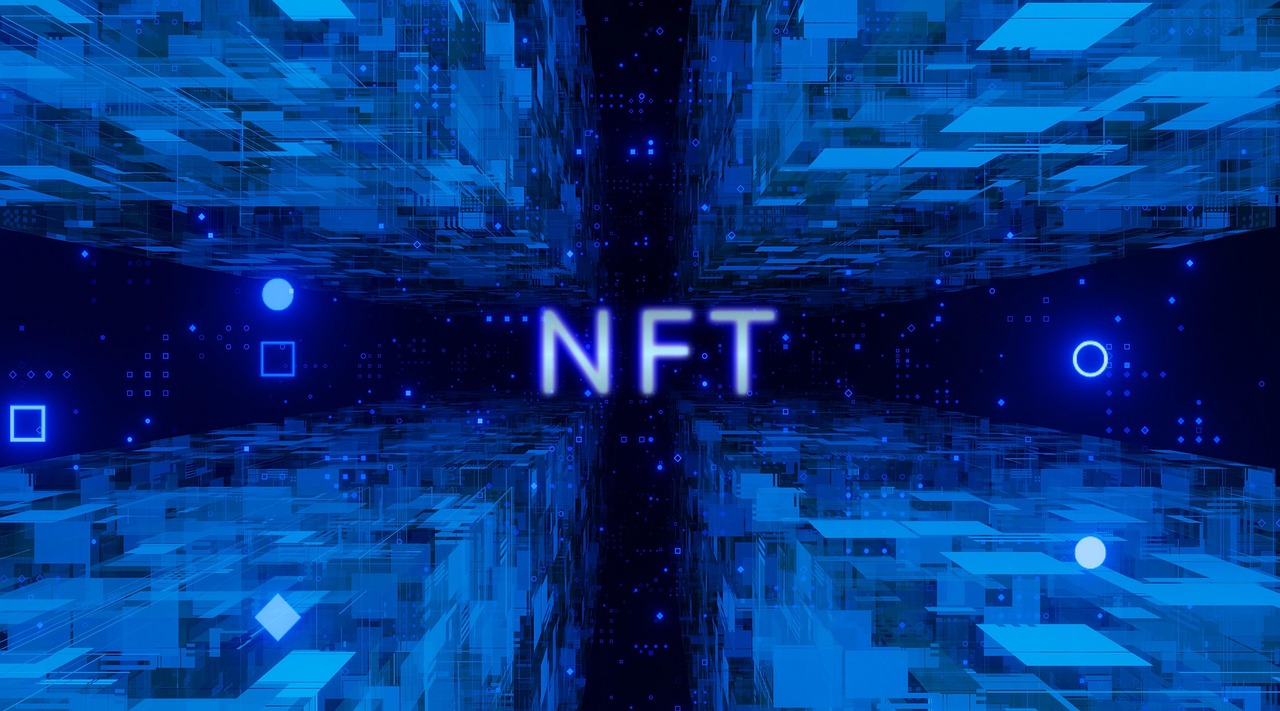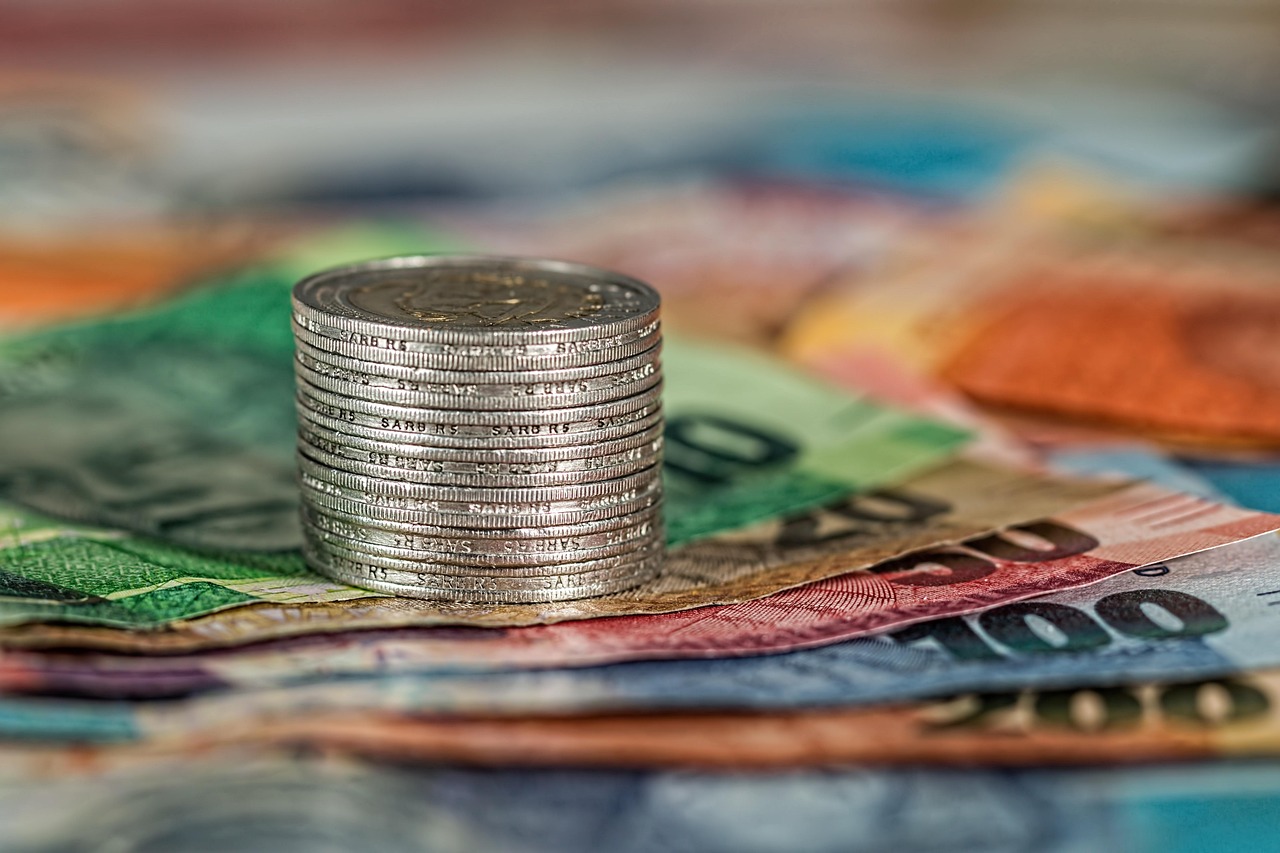NFT-Documented Personal Journals: Revolutionizing the Way We Chronicle Our Lives

The advent of blockchain technology has brought about transformative changes across various sectors, from finance to art. One intriguing application emerging from this technological revolution is the use of Non-Fungible Tokens (NFTs) to document personal journals. This innovation not only redefines how individuals preserve their personal histories but also ensures authenticity, ownership, and permanence in the digital realm.
At its core, an NFT is a unique digital asset supported by blockchain technology, which guarantees its authenticity and indivisibility. Traditionally associated with digital art and collectibles, NFTs are now being leveraged to document personal journals, offering a future-proof method for individuals to record their lives in a secure, tamper-proof manner.
The Intersection of Journaling and NFTs
Journaling has long been a method for individuals to reflect, document experiences, and express thoughts. However, traditional journaling methods, whether on paper or digital platforms, have their drawbacks. Paper journals are susceptible to physical damage and loss, while digital journals can face issues of data breaches or obsolescence of storage media.
By using NFTs to document personal journals, individuals can benefit from:
- Immutability: Once a journal entry is minted as an NFT on a blockchain, it cannot be altered or deleted, ensuring the original content remains intact.
- Authenticity: Blockchain’s decentralized nature provides verifiable proof of ownership and creation date, eliminating doubts about the legitimacy of the document.
- Longevity: NFT-documented journals are stored on decentralized networks, which are less prone to the risks associated with centralized data storage solutions.
Global Context and Adoption
The concept of using NFTs for personal journaling is gaining traction globally, with several platforms emerging to provide these services. Among them, platforms like Mirror and Zora offer tools for users to mint NFTs of their writings, including personal journals, on the Ethereum blockchain.
Countries with robust blockchain ecosystems, such as the United States, South Korea, and Switzerland, are seeing a growing interest in NFT-documented journals. This trend aligns with a broader cultural shift towards valuing digital permanence and verifiable provenance in personal and professional documentation.
Challenges and Considerations
Despite its promising potential, the adoption of NFT-documented journals is not without challenges. Key considerations include:
- Environmental Concerns: The energy consumption associated with blockchain transactions, particularly on proof-of-work systems like Ethereum, has raised environmental concerns. However, ongoing developments in proof-of-stake and other energy-efficient consensus mechanisms aim to mitigate this issue.
- Privacy: While NFTs provide immutability, the public nature of blockchains could pose privacy risks for sensitive personal information. Users must carefully consider what content they choose to document as NFTs.
- Technical Barriers: For non-technical users, the process of minting NFTs and understanding blockchain technology can be daunting. User-friendly platforms and educational resources are essential to bridge this gap.
Conclusion
NFT-documented personal journals represent a significant leap forward in how individuals can chronicle their lives. By harnessing the power of blockchain technology, these journals offer a secure, authentic, and permanent method of documentation. As the technology matures and becomes more accessible, it is likely that we will witness a broader adoption of NFTs in personal documentation, ushering in a new era of digital journaling.
As the global landscape continues to evolve, the integration of NFTs into personal and professional realms underscores the importance of embracing innovation while addressing the inherent challenges that accompany technological advancement.















